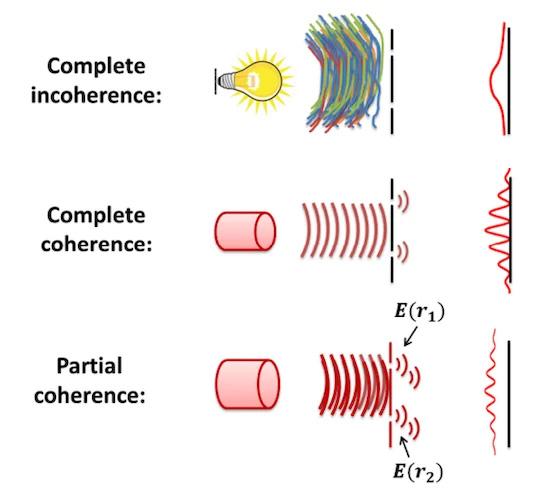Unraveling the Design Equations of the Class E Power Amplifier
An interdisciplinary team from UCLA’s Department of Electrical and Computer Engineering and California NanoSystems Institute (CNSI) recently created optical imaging technology based on partially coherent unidirectional imaging. This allows the system to transmit visual data in one direction while blocking transmission in the opposite direction.

Imaging system utilizing partially coherent light. Image used courtesy of UCLA
In the published research paper, the authors describe how they configured specially designed diffraction layers that allow an image to pass through unaltered in one direction but completely blocked in the reverse direction—making it a one-way optical material. The UCLA team suggests this technology could significantly advance fields, including privacy protection, augmented reality, and optical communications.
What Are Unidirectional Materials?
“One-way” materials are not uncommon. Nearly every television detective show has an interrogation scene behind a one-way mirror, and limousines have darkened security windows that allow passengers to see out and prevent gawkers from peering in. But these are not true unidirectional materials. They rely on reflective properties and different light levels on one side or the other. Change the lighting, and they will pass images in both directions.
Optical researchers have been on the hunt for true one-way materials. Existing solutions require highly complex systems that employ temporal modulation or high-intensity lasers. The UCLA team has discovered a material that is truly unidirectional and looks to be much more practical to implement. While it is opaque under most conditions, it will pass images illuminated by partially coherent light in one direction while maintaining opacity in the other direction. This configuration is largely environment-independent for partially coherent light.
Finding the Right Partially-Coherent Materials
The unidirectional material consisted of multiple carefully designed diffraction gratings that, in combinations, passed partially coherent light images through in one direction while blocking all light in the other direction.

An experimental configuration of the unidirectional material. Image used courtesy of UCLA
The test imager consisted of a stack of four diffraction layers, each 200 x 200 pixels, and spaced an even distance (d) from each other. The two image sources, designated as field-of-view A (FOV A) and field-of-view B (FOV B), were also spaced an even distance (d) in front of and behind the diffraction stack.
The images at FOV A and FOV B were both illuminated with what the researchers called a "partially coherent" LED light source, allowing one to see an FOV image when observing from one side but nothing when observing from the other side. Coherent light comes from a single wavelength, often created through a laser. Partial coherence refers to light with slight variations in wavelength mixed together.

Incoherent vs. coherent vs. partially coherent light. Image used courtesy of MSc. Minyi Zhong, page 5
The partially coherent light source used in this experiment had a phase correlation variation greater than 1.5 times the wavelength (λ) of the light. The source images were 75 wavelengths wide. Polarized light did not affect the unidirectional properties of the material.
Deep Learning in Optical System Design
The team relied on a diffraction grating—an optically clear material made of multiple small lenses or prisms—for this experiment. This material can scatter light in a specific way or randomly to diffuse the light. The layers in UCLA's system scatter the light randomly in one direction but in a controlled manner in the other direction. Four layers are enough to completely block the light in one direction. However, each scattering in the other direction must be compensated for by the next layer in the light-passing direction.
The team struggled to find the right combination of four diffraction layers to completely diffract images in one direction and not the other. To help them hit the sweet spot of material properties to enable such dual capabilities, the researchers leveraged AI deep learning systems to calculate massive levels of permutations. With these algorithms, they found a set of four diffraction gradient screens that performed in the desired unidirectional manner.
A New Way to Transmit Visual Data
While the researchers' study still has a lot of wrinkles to iron out, it is a solid step toward more efficient visual information processing and communication systems. The team wants to expand the spectrum under which the material operates, including infrared and visible light. Their findings may lead to advancements in displays, sensors, light-based communications, and optical information processing.





